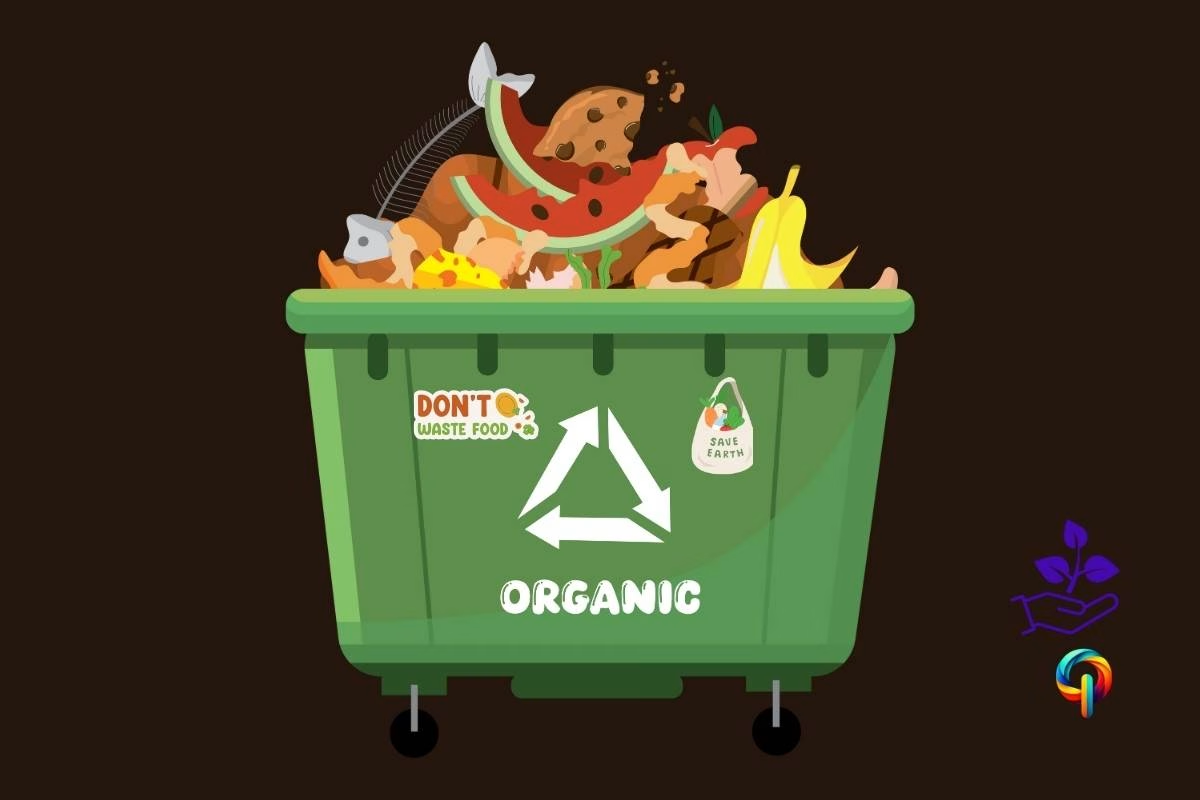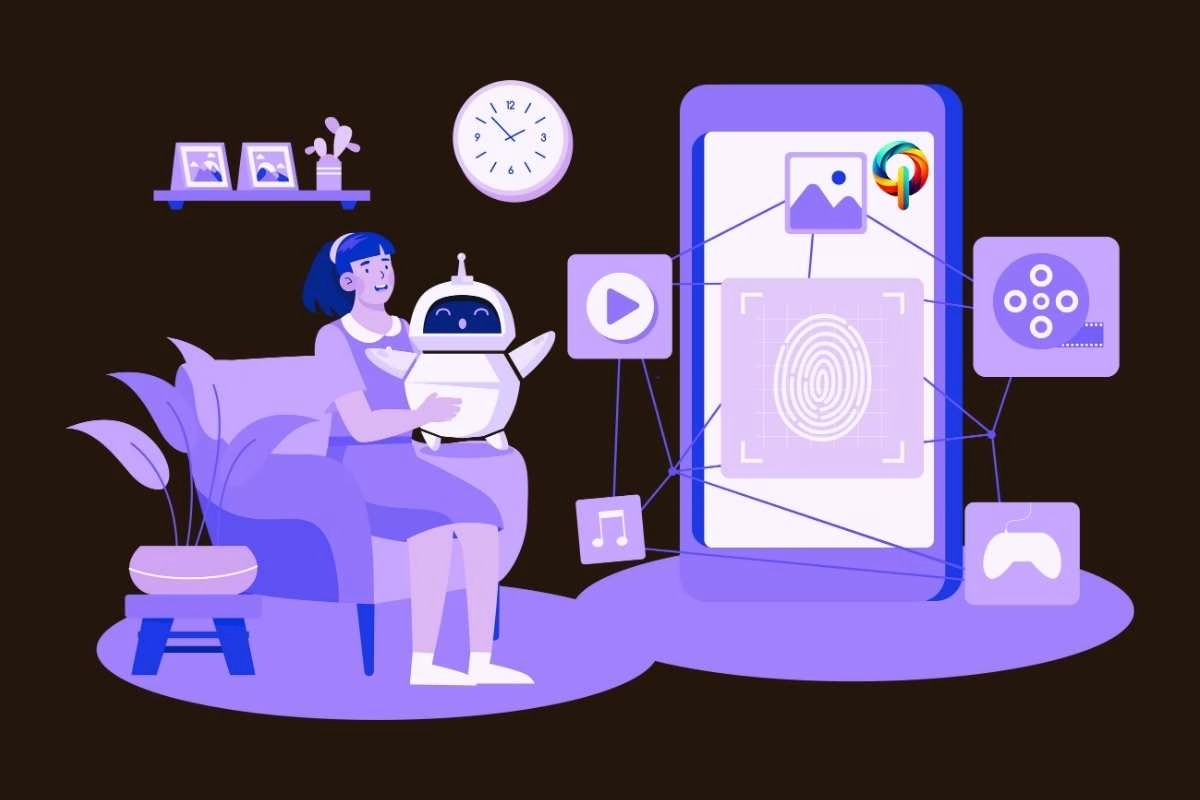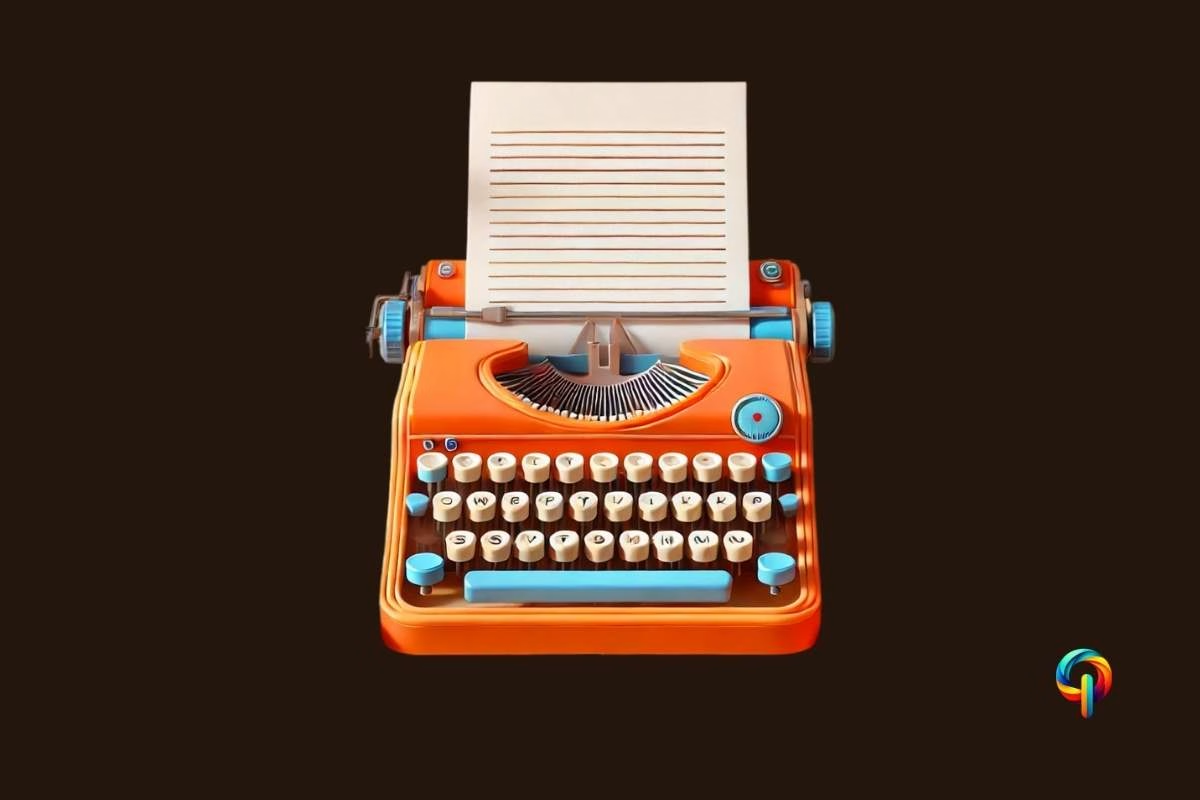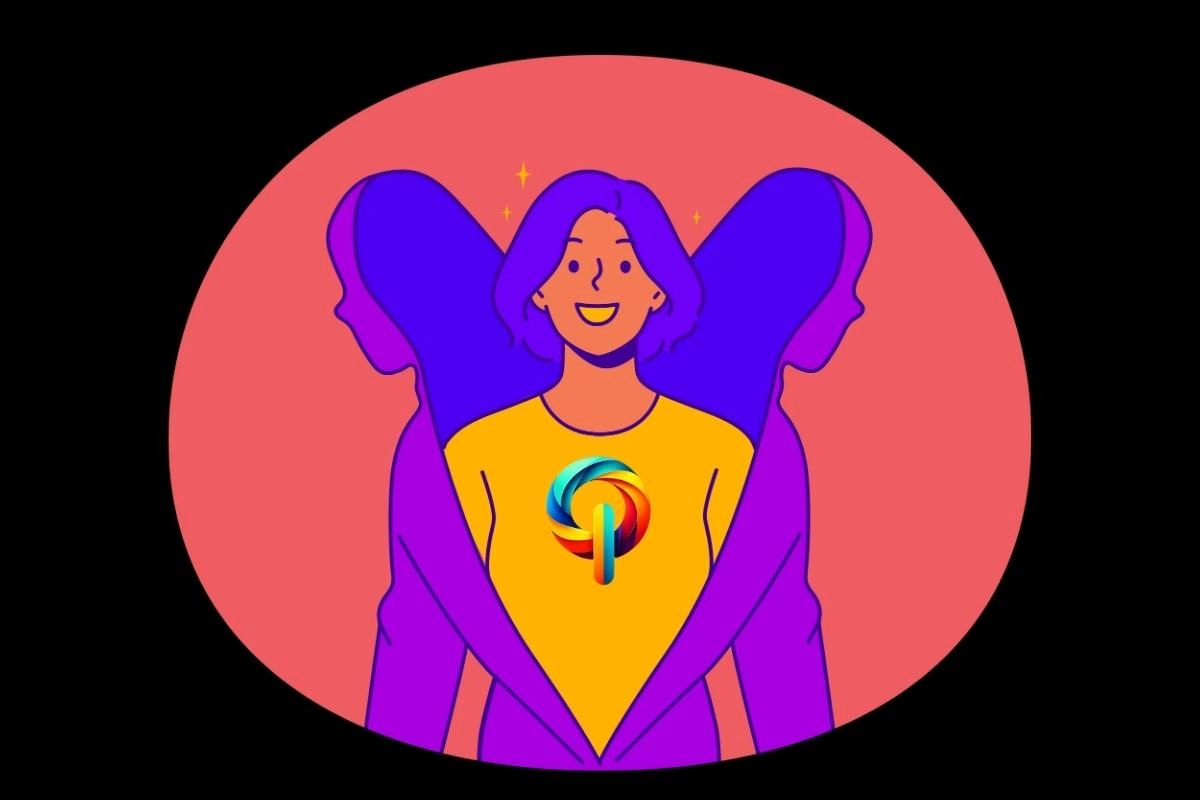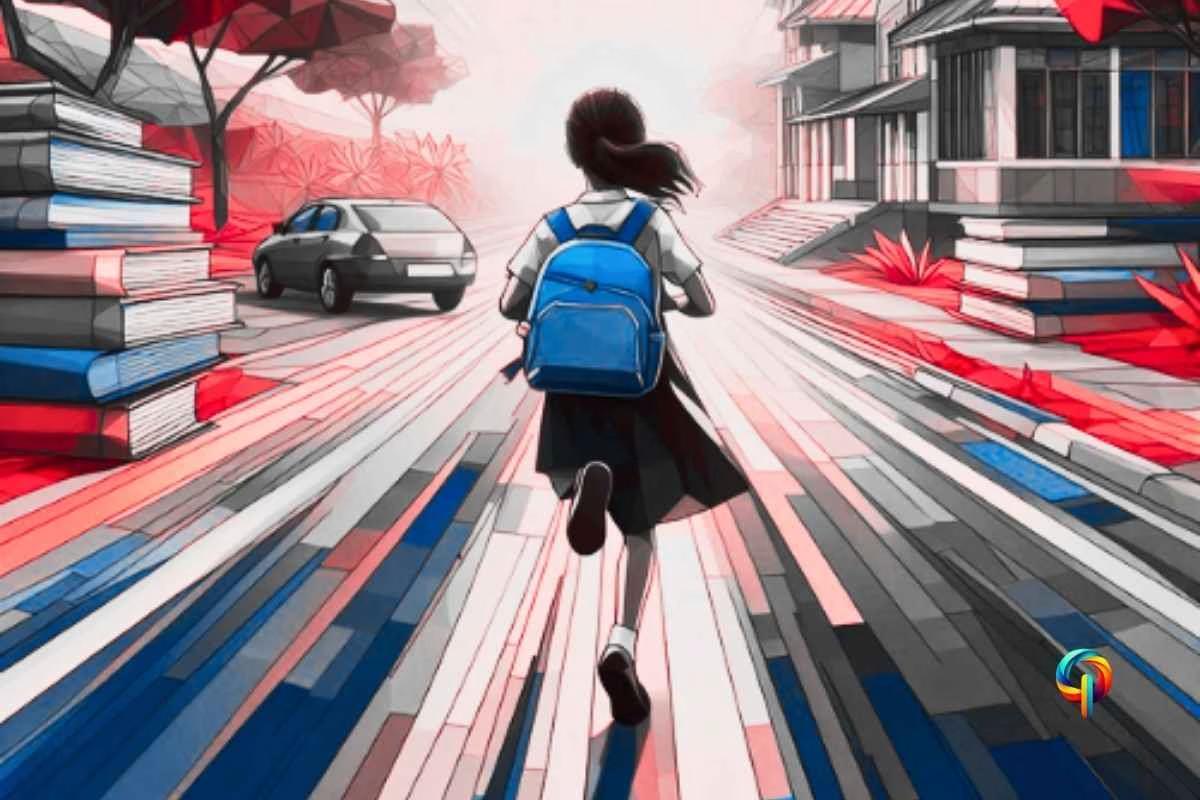
The provided text is an excerpt from a work detailing the history of education across various cultures and eras. It explores the evolution of educational systems, from informal, oral traditions to formal institutions like universities, highlighting key turning points and influential figures. The author discusses the impact of technologies like the printing press and the digital revolution, while also addressing persistent challenges like global inequities in access to education. The piece emphasizes education’s crucial role in shaping societies and individuals’ lives, showcasing both advancements and enduring obstacles. Ultimately, it offers a comprehensive overview of education’s historical trajectory and its ongoing transformation.
You would hear it:
Document of Tabs Of History Of Education:
What Are the Major Turning Points in the History of Education?
Education is more than just acquiring knowledge;
It’s a journey of intellectual growth that prepares us for a well-rounded, meaningful life. It comes in two forms: formal and informal.
Formal education happens in schools and universities with structured lessons and curriculums.
Informal education, however, unfolds through everyday experiences, teaching us valuable life skills and values that shape who we are.
Education has been the cornerstone of human progress, shaping societies, cultures, and civilizations across millennia. It is the thread that weaves together the fabric of human achievement, from the earliest hunter-gatherer communities to the technologically advanced societies of today.
The history of education is not just a timeline of teaching methods and institutions—it’s a reflection of humanity’s unyielding desire to learn, grow, and pass on knowledge to future generations.
From the oral traditions of ancient tribes to the rise of formal schooling in early civilizations, from the intellectual revolutions of the Renaissance to the democratization of education in the modern era, each age has brought its own innovations, challenges, and breakthroughs.
Today, as we stand on the brink of a digital revolution in education, it’s more important than ever to look back and understand how far we’ve come.
In essence, education drives humanity forward. It fuels innovation, fosters growth, and builds connections, reminding us that progress happens when we learn and share knowledge together.
This article takes you on a journey through six pivotal ages in the history of education, exploring how learning has evolved to meet the needs of each era. We’ll delve into the methods, philosophies, and systems that have shaped education over time, and examine the challenges and opportunities that have defined its progress.
Whether you’re a history enthusiast, an educator, or simply curious about the roots of modern learning, this exploration will offer a deeper understanding of how education has transformed the world—and how it continues to do so.
The Ancient History of Education
In the earliest days, education was completely informal.
Knowledge of the past was passed down through stories, songs, word of mouth, and hands-on experiences. Children learned survival skills like hunting, gathering food, building shelters, and living in harmony with nature through play and observation. Skills like lighting a fire, identifying medicinal plants, or understanding animal behavior were crucial for their survival.
This informal learning laid the foundation for the history of education, showing how critical skills and cultural values were shared across generations.
Education didn’t start in a classroom with a chalkboard—it began thousands of years ago, shaped by the needs and values of ancient civilizations. From the ashrams of India to the academies of Greece, the roots of education run deep.
Let’s take a trip back in time to explore how it all began.
Vedic and Buddhist Systems
In ancient India, education was deeply rooted in the Vedic and Buddhist traditions. The Gurukul system, which emerged around 1500 BC, was one of the earliest forms of formal education. Students lived with their teachers (gurus) in ashrams, learning everything from philosophy and mathematics to astronomy and ethics. It wasn’t just about memorizing texts—it was about developing character, humility, and self-reliance.
By 500 BC, Buddhist monasteries also began playing a key role in spreading education. Monks taught through scriptures and meditation practices, emphasizing inner peace and moral values. Whether in a Gurukul or a monastery, education in ancient India was about nurturing the mind, body, and soul.
Greece and Rome: Foundations of Western Education
Meanwhile, in ancient Greece and Rome, education was taking a different path—one that would shape the Western world. Around 600 BC, Greek philosophers like Socrates, Plato, and Aristotle became the rock stars of their time, emphasizing critical thinking, logic, and the pursuit of knowledge. Education in Greece was all about intellectual growth and understanding the world.
By 500 BC, Rome began to rise, taking a more practical approach to education. Think rhetoric, law, and military strategy—skills that were essential for running an empire. While Greece focused on philosophy, Rome was all about preparing citizens for civic duty and leadership.
Together, these ancient civilizations laid the foundation for modern education.
Whether you’re solving a math problem or debating a philosophical idea, you’re standing on the shoulders of giants from thousands of years ago.
The History of Education in the Americas: Indigenous Wisdom to Colonial Influence
The history of education in the Americas is a tale of two worlds—Indigenous traditions that thrived for thousands of years and colonial systems that reshaped learning with European influence. Education in this region has undergone profound transformations, from deeply rooted Indigenous knowledge systems to structured colonial schools.
Understanding this evolution gives us insight into how education developed and how its legacy still impacts learning today.
Indigenous Education in the History of Education
Long before European settlers arrived, Indigenous communities had well-established educational systems that were deeply connected to their way of life. As early as 10,000 BC, these societies used oral traditions, storytelling, and hands-on learning to pass down knowledge. The history of education in Indigenous cultures was not about textbooks and classrooms—it was about survival, cultural preservation, and respect for nature.
Here’s how Indigenous education worked:
- Practical Skills: Children learned essential skills like hunting, farming, fishing, and crafting through direct experience with elders.
- Cultural Values: Stories, songs, and legends were used to teach history, spirituality, and moral lessons.
- Connection to Nature: Education emphasized living in harmony with the environment, understanding seasons, land, and resources.
For Indigenous peoples, education was a lifelong process that ensured the survival of both individuals and their cultural identity. This form of education was holistic and community-centered, shaping generations through shared wisdom and experience.
Colonial Influence on the History of Education
The history of education in the Americas took a dramatic turn with the arrival of European settlers in the 15th and 16th centuries. Colonial powers like Spain, Britain, and France introduced formal schooling, often through missionary-led education. While these schools brought structured learning, they also disrupted traditional Indigenous education systems, often forcing children to abandon their native cultures.
Here’s what colonial education introduced:
- Assimilation: Schools aimed to “civilize” Indigenous populations by enforcing European languages, religious teachings, and customs.
- Disruption: Traditional Indigenous learning methods were suppressed, and many Indigenous children were forcibly taken to boarding schools, separating them from their families and communities.
- Formal Structure: Colonial schools introduced a structured curriculum focusing on reading, writing, mathematics, and religious instruction.
While colonial education laid the foundation for modern schooling in the Americas, it came at a cost—the erosion of Indigenous cultures and the loss of native knowledge systems.
The history of education in this period reflects both progress and deep cultural struggles, shaping the diverse educational landscape we see today.
History of Education in Europe During the Middle Ages
The history of education in the Middle Ages (roughly 500–1500 AD) is often overshadowed by images of castles, knights, and feudal lords. However, this period was also a time of significant intellectual development, laying the foundation for modern learning.
From the rise of universities to the preservation and expansion of knowledge, the Middle Ages played a crucial role in shaping education as we know it today.
The Rise of Universities in the History of Education
One of the most transformative moments in the history of education occurred in the 12th century with the emergence of universities in Europe. These institutions became centers of knowledge, attracting scholars and students from different regions.
Notable universities like the University of Bologna (founded in 1088) and the University of Paris (founded around 1150) helped formalize education, making it more structured and accessible to those seeking higher learning.
Here’s what made these medieval universities unique:
- Curriculum: Education focused on theology, law, medicine, and the arts—subjects that were essential for both spiritual and civic life.
- Scholasticism: This method of learning emphasized logic, reasoning, and debate, blending faith with intellectual inquiry. It encouraged students to analyze texts critically rather than memorizing them blindly.
- Legacy: The universities established in the Middle Ages laid the groundwork for modern higher education systems. The degrees, lectures, and academic structures we see today trace their origins back to this era.
The Middle Ages may be remembered for battles and monarchies, but when it comes to the history of education, it was a time of remarkable growth and transformation.
The History of Education Beyond Europe in the Middle Ages
While Europe was establishing its university system, other civilizations across the world were making significant contributions to the history of education.
The Islamic World: A Golden Age of Knowledge
Between the 8th and 13th centuries, the Islamic world became a major center of learning, preserving and expanding upon Greek, Roman, and Persian knowledge. Cities like Baghdad and Cordoba housed grand libraries, universities, and scholars who made breakthroughs in fields like mathematics, astronomy, medicine, and philosophy.
Key aspects of education in the Islamic world included:
- House of Wisdom (Bayt al-Hikma): This renowned institution in Baghdad played a crucial role in translating and preserving ancient texts while fostering scientific discoveries.
- Scientific Advancements: Islamic scholars like Al-Khwarizmi (the father of algebra) and Ibn Sina (Avicenna, a pioneer in medicine) helped shape various disciplines.
- Global Influence: Their work was later translated into Latin, fueling the European Renaissance and contributing to global knowledge.
China’s Imperial Examination System: A New Approach to Education
During the Middle Ages, China developed one of the most advanced educational systems of its time—the Imperial Examination System. This method allowed individuals to rise through the ranks of government by excelling in standardized tests on Confucian philosophy, administration, and literature.
Key features of China’s educational model included:
- Merit-Based Learning: Unlike the European feudal system, where status was inherited, China’s exams offered a path to power based on knowledge and ability.
- Standardized Testing: This system was one of the earliest examples of standardized exams, influencing modern education systems worldwide.
- Lifelong Learning: Scholars spent years mastering Confucian classics, poetry, and governance, ensuring that only the most knowledgeable individuals held administrative positions.
While Europe was shaping the history of education through universities, the Islamic world and China were proving that knowledge transcends borders. Each civilization contributed uniquely to global learning, influencing the way education evolved across cultures.
History of Education: Colonial Influence and the British System
The history of education took a significant turn during the 18th and 19th centuries with the expansion of colonial powers. Among them, the British played a crucial role in shaping education in their colonies, particularly in India. Their influence introduced formal schooling, but it also led to the suppression of traditional learning systems. Let’s explore how British rule impacted education and how Indian thinkers responded to these changes.
Shift in the History of Education Under British Rule
When the British established control over India, they introduced an education system tailored to their colonial needs. This system was designed to produce an educated workforce that could serve the administration, but it also disrupted indigenous learning traditions.
Key changes in the history of education under British rule included:
- English-Medium Schools: The British introduced schools and universities that primarily taught in English, aiming to create a class of Indians who could assist in colonial governance.
- Marginalization of Traditional Education: Established systems like the Gurukul method, which emphasized spiritual and practical knowledge, were pushed aside in favor of Western-style curricula.
- Workforce-Oriented Training: Education under British rule focused on producing clerks, administrators, and professionals to sustain the colonial economy rather than fostering independent intellectual growth.
While the British model provided a structured education system, it often undermined local cultures, traditions, and indigenous knowledge, significantly altering the history of education in India.
Emergence of Indian Thinkers in the History of Education
Despite the colonial challenges, the period also saw the rise of Indian reformers who fought to shape education in a way that balanced Western knowledge with Indian traditions. These visionaries played a crucial role in transforming the history of education in India.
- Raja Ram Mohan Roy (1772–1833): Often called the “Father of Modern India,” he advocated for Western-style education while pushing for social reforms, including the abolition of harmful practices like sati. His efforts helped shape modern education in India by promoting rational thinking and progress.
- Ishwar Chandra Vidyasagar (1820–1891): A strong advocate for women’s education, he worked tirelessly to promote literacy and gender equality. His contributions ensured that education was not limited to men but extended to women, fostering a more inclusive learning environment.
These reformers reshaped the history of education by blending Western and Indian educational philosophies, paving the way for modern learning systems in India.
Present and Future: The Digital Revolution and Future of Education
The history of education has always been shaped by technological advancements, but the 21st century has taken this transformation to a whole new level. From online classrooms to AI-powered tutors, the way we acquire knowledge is evolving at an unprecedented pace. However, this rapid progress is not just about modern convenience—it’s a continuation of a journey that started centuries ago. Understanding how education has evolved over time helps us appreciate where it’s headed. So, let’s explore how the history of education is being rewritten in the digital age and beyond.
Technological Advancements in the History of Education
Looking back at the history of education, each era has introduced new ways of teaching and learning. The invention of the printing press in the 15th century made books more accessible, revolutionizing education. Fast forward to today, and digital technology has taken education even further. Computers, the internet, and smartphones have turned learning into an interactive experience, making knowledge more accessible than ever before.
MOOCs (Massive Open Online Courses) and learning apps like Khan Academy and Duolingo are continuing the tradition of expanding education beyond traditional classrooms. But the digital revolution isn’t stopping there—Artificial Intelligence (AI), Virtual Reality (VR), and Augmented Reality (AR) are redefining how we engage with knowledge. Imagine stepping into ancient Rome through VR or conducting a virtual chemistry experiment using AR. These advancements are making learning immersive, engaging, and more effective, carrying the history of education into an exciting new chapter.
Future Perspectives in the History of Education
If we analyze the history of education, it’s clear that learning methods have always adapted to societal needs. The future promises even greater personalization, moving away from the traditional one-size-fits-all model. AI and machine learning will create tailored learning experiences that cater to each student’s strengths, weaknesses, and interests. This shift mirrors past innovations, where education evolved from rigid memorization to dynamic, skill-based learning.
Interdisciplinary studies—where subjects like science, art, and technology blend seamlessly—will become more prominent, just as Renaissance scholars once integrated multiple disciplines to advance knowledge. Moreover, as education has historically been a tool for social change, future curricula will emphasize sustainability and global citizenship, preparing students to address global challenges like climate change and inequality.
EdTech and Accessibility in the History of Education
Throughout the history of education, accessibility has been a major challenge. In ancient times, learning was a privilege for the elite, while the majority had little to no access to formal education. However, technological advancements are breaking down these barriers. EdTech is leveling the playing field, making education accessible to all—whether in a bustling city or a remote village.
Today, platforms like Coursera and edX provide free courses from top universities, much like public education movements did in the past to make schooling more widespread. Tools like Google Classroom are ensuring that students and teachers stay connected, making education more inclusive than ever. By looking at the history of education, we see that technology is simply continuing the mission of making knowledge available to everyone, regardless of background or location.
Interactive Learning in the History of Education
Traditional classroom lectures have long been the norm, but the history of education shows us that learning has always evolved to become more interactive. In ancient times, education was often based on discussions and storytelling, rather than passive listening. Today, we are returning to that engaging model with AI-powered tools, virtual reality experiences, and gamified learning.
Augmented and virtual reality are transforming lessons into hands-on experiences. Imagine a history class where students can “walk” through the streets of ancient civilizations or a biology lesson where they can “dissect” a virtual frog. These innovations mirror past shifts in education, from oral traditions to written texts to digital learning, proving that education is always advancing toward better engagement.
Flipped Classroom Model in the History of Education
The history of education has seen significant shifts in teaching methods, and the flipped classroom model is one of the latest innovations. Traditionally, students learned through lectures in school and completed homework independently.
However, the flipped model reverses this process—students absorb lessons at home through videos and online resources, then use classroom time for discussions, problem-solving, and hands-on activities.
This approach isn’t entirely new. Throughout history, different cultures have used alternative teaching strategies.
For example, in ancient Greece, the Socratic method encouraged students to engage in dialogues rather than passively listen to lectures.
Today, the flipped classroom model continues that tradition, ensuring that learning is more interactive, flexible, and effective.
Challenges and Issues in the History of Education
While the history of education has seen remarkable progress, it has also faced numerous challenges. Even today, millions of children around the world struggle to access quality learning due to persistent barriers. Issues such as poverty, inequality, and outdated educational systems continue to shape the way education evolves.
To truly understand the history of education, we must acknowledge the hurdles that have hindered its progress and the ongoing efforts to overcome them.
Global Inequities in the History of Education
Throughout the history of education, access to learning has never been equal. Even in modern times, millions of children in regions like Sub-Saharan Africa, Central and Eastern Asia, and the Pacific still lack basic education. The roots of this issue can be traced back to historical disparities in educational opportunities. While education is a fundamental right, its accessibility has often depended on socio-economic status, geography, and governmental policies.
The history of education reminds us that overcoming these inequities requires a global commitment to making learning a reality for all.
Poverty and Marginalization in the History of Education
One of the biggest barriers throughout the history of education has been poverty. In ancient societies, education was often a privilege reserved for the wealthy elite, while the lower classes had little or no access to formal learning.
Even today, financial constraints prevent many children from attending school, particularly in developing nations. Gender inequality and marginalization further complicate the issue, especially for Indigenous girls and children in remote areas. Without strategic reforms and adequate funding, these challenges will continue to impact the history of education for future generations.
Other Challenges in the History of Education
Beyond access to education, the history of education reveals additional struggles that persist today. School safety concerns, outdated disciplinary policies, and the impact of technology on student focus are modern challenges that educators must address. Furthermore, many education systems still rely on rigid curricula that fail to equip students with practical knowledge and real-world skills. The history of education has shown that adapting to societal changes is key to creating an effective learning environment.
The Need for Policy Reforms in the History of Education
To address these long-standing challenges, bold policy reforms are essential. Throughout the history of education, progressive changes—such as compulsory schooling laws, gender-inclusive policies, and curriculum advancements—have reshaped the way we learn. Today, governments must prioritize education funding, while developed nations should support underprivileged regions to ensure equal access to learning. Additionally, raising awareness about the importance of education can drive social and political change.
After all, the history of education teaches us that progress in education is not just about individual success—it’s about shaping a better world for future generations.

FAQs About History of Education:
Q1: What is the main purpose of education?
At its core, education is about shaping people, connecting them to their culture, and helping them understand their role in society. It’s not just about memorizing facts or passing exams; it’s a way for individuals to grow, improve, and find meaning in their lives. Education also plays a big role in pushing societies forward—it sparks innovation, drives growth, and brings people together. Whether it’s helping us discover our passions or equipping us with the skills to contribute to our communities, education is the foundation that keeps everything moving.
Q2: What are the two main forms of education?
Education generally takes two forms: formal and informal. Formal education is the structured kind you get in schools, colleges, or universities—where there’s a teacher, a classroom, and a clear curriculum to follow. On the other hand, informal education is all about the lessons you pick up naturally through life experiences. It happens when you learn something from your parents, pick up a skill from watching others, or even teach yourself something new by exploring the world around you. Both types are important because while formal education builds a strong foundation, informal education helps you learn how to adapt and grow in real-life situations.
Q3: How did education begin in ancient times?
Education in ancient times was a lot more practical and informal than what we see today. Back then, there weren’t classrooms or textbooks. Instead, knowledge was passed down from generation to generation through stories, songs, and hands-on experiences. Children learned survival skills, like hunting, gathering, farming, or building shelters, by observing adults and practicing alongside them. It was all about teaching young people what they needed to know to live and contribute to their community. There was no such thing as a “student” or a “teacher”—everyone was learning something from someone, and life itself was the classroom.
Q4: How did the invention of writing change education?
The invention of writing was a game-changer for education, especially in early civilizations like Mesopotamia and Egypt. Before writing, knowledge was shared orally and easily lost over time. Writing allowed people to preserve information and share it with others, making it easier to pass down ideas across generations. However, during those times, formal education was mainly reserved for the elite, like priests, scribes, and members of wealthy families. Schools existed, but they weren’t accessible to everyone. Writing gave humanity the ability to record history, laws, and stories, setting the stage for education systems to grow and evolve over time.
Q5: What were some key aspects of education in ancient Greece and Rome?
Education in ancient Greece was all about balance. Students learned reading, writing, math, and subjects like philosophy, ethics, and politics, especially in places like Athens. Great thinkers like Plato and Aristotle shaped the way education worked, encouraging logic, questioning, and discussion. Physical education was also a huge part of the curriculum because they believed a strong mind needed a strong body. Meanwhile, in Rome, education initially focused on teaching family values and moral lessons. Over time, wealthy Roman families began hiring private tutors to teach grammar, rhetoric, law, and philosophy. For both societies, education was about shaping good citizens and future leaders who could contribute to their communities.
Q6: How did religious institutions influence education in the Middle Ages?
During the Middle Ages, education in Europe was closely tied to religion, particularly the Catholic Church. Monasteries became the main hubs of learning where monks taught Latin grammar, religious values, and copied important manuscripts by hand. For centuries, this was the only form of education available to most people, as the Church controlled who could learn and what they could study. Eventually, universities began to emerge, offering more advanced education in subjects like theology, law, and medicine. These institutions laid the foundation for higher education as we know it today, but religious teachings remained at the center of learning during this period.
Q7: What characterized education during the Renaissance and Enlightenment?
The Renaissance marked a major shift in education. Instead of focusing only on religion, people started valuing critical thinking, creativity, and practical skills. There was a renewed interest in the arts, science, and Greek and Roman culture. Education became about encouraging curiosity and individualism, and people began to question the world around them. Fast forward to the Enlightenment, and logic, reason, and science became the focus. Thinkers of the time emphasized the importance of using the scientific method to find answers, promoting free thinking and independent judgment. These ideas helped shape modern education by encouraging people to rely on evidence, reason, and their own critical thinking skills.
Q8: How did the concept of universal education develop?
The idea of universal education really took hold in the 18th and 19th centuries. During this time, governments began creating schools to provide free and compulsory education for all children, not just the wealthy. The goal was to ensure that everyone, no matter their background, had access to basic education. Influential educators like John Dewey helped reshape education by promoting a more dynamic, student-centered approach. Instead of sticking to rote memorization, Dewey encouraged practical learning and hands-on experiences to make education more meaningful and engaging for students. This shift made education more accessible and set the stage for the modern school systems we have today.
Q9: How has technology impacted modern education?
Technology has completely transformed the way we learn. With tools like computers, the internet, and digital resources, education has become more accessible than ever before. Online classes, video lectures, and e-books allow students to learn from anywhere in the world. Platforms like Learning Management Systems (LMS) and virtual classrooms help teachers manage lessons and assignments easily, while AI-powered tools offer personalized learning experiences tailored to each student’s needs. On top of that, virtual and augmented reality are taking learning to the next level by creating immersive, hands-on experiences that were unimaginable before. Whether you’re sitting in a classroom or learning from home, technology has made education smarter, faster, and more flexible.
Q10: What is the future of education likely to focus on?
The future of education is all about blending traditional and online learning to create a hybrid model. There’s going to be a huge focus on STEM education—science, technology, engineering, and math—because those fields are driving the future. But it’s not just about learning facts and figures; future education will focus on critical thinking, creativity, and problem-solving skills. Technology will play a big role, with personalized learning tools and immersive technologies helping students learn at their own pace. The goal is to create a flexible, engaging learning environment that prepares students to tackle the challenges of the 21st century, no matter where they are or what they want to achieve.
Final Thoughts of History of Education
The history of education has evolved remarkably—from the oral traditions of ancient civilizations to the digital classrooms of today. It has been a continuous journey of innovation, adaptation, and resilience, shaped by the needs, values, and advancements of each era.
Think about it: thousands of years ago, students gathered in informal settings, learning through storytelling and hands-on experiences. In ancient times, education was deeply rooted in philosophy and religion, as seen in Gurukuls in India, Confucian schools in China, and the teachings of Greek philosophers. Over time, formal institutions emerged, shaping structured learning methods.
The history of education saw the establishment of universities during the Middle Ages, the intellectual awakening of the Renaissance, and the development of standardized education during the colonial period—all of which played a crucial role in shaping modern learning systems.
Fast forward to today, and we witness a dramatic shift in how knowledge is delivered. The digital revolution, powered by Artificial Intelligence, Virtual Reality, and online learning platforms, has made education more interactive and accessible. However, despite these advancements, challenges persist. The history of education reveals that while learning opportunities have expanded, global inequities, poverty, and accessibility barriers still prevent many from receiving quality education. Addressing these issues requires innovative solutions and a commitment to inclusivity.
At its core, education has always been a tool for empowerment and progress.
The history of education teaches us that every transformation in learning has paved the way for greater knowledge, opportunity, and societal growth.
As we continue this journey, let’s celebrate the progress we’ve made while striving for a future where everyone, regardless of background, has the chance to learn, grow, and thrive.
Let’s Dive into”What Is Educational Gamification and How Does It Transform Learning?“

